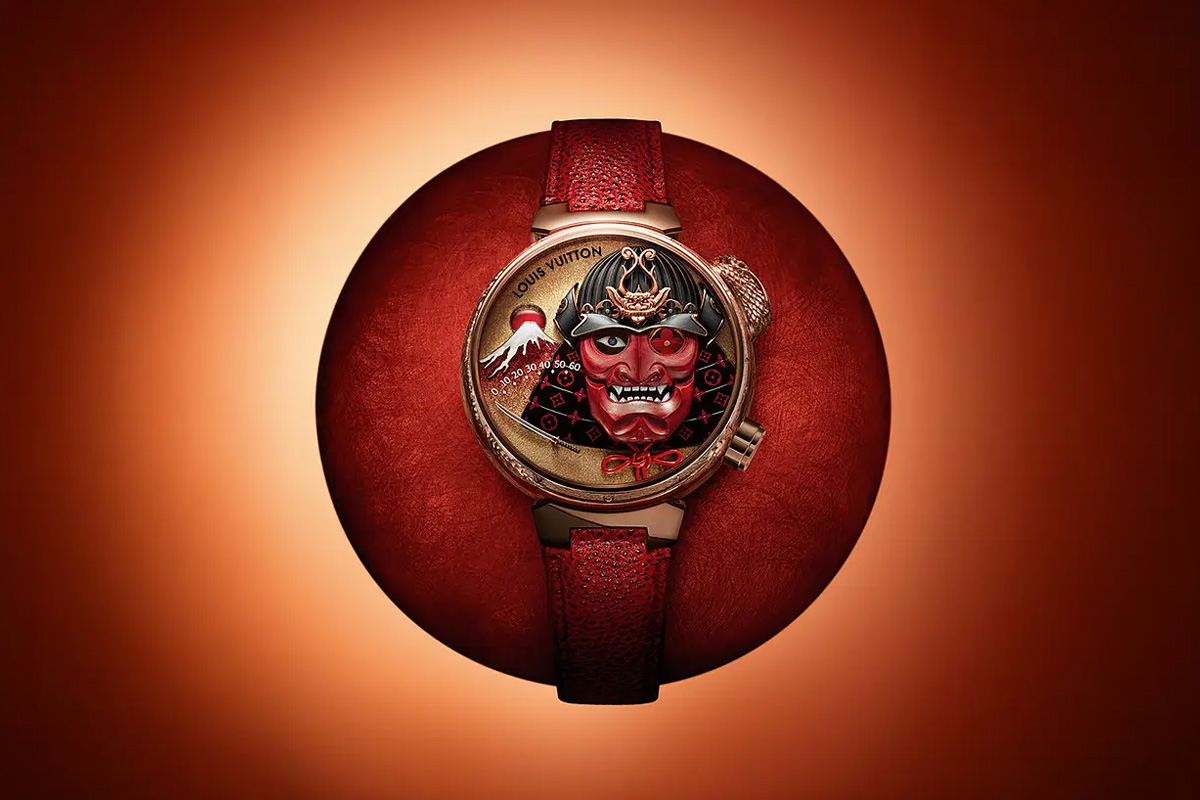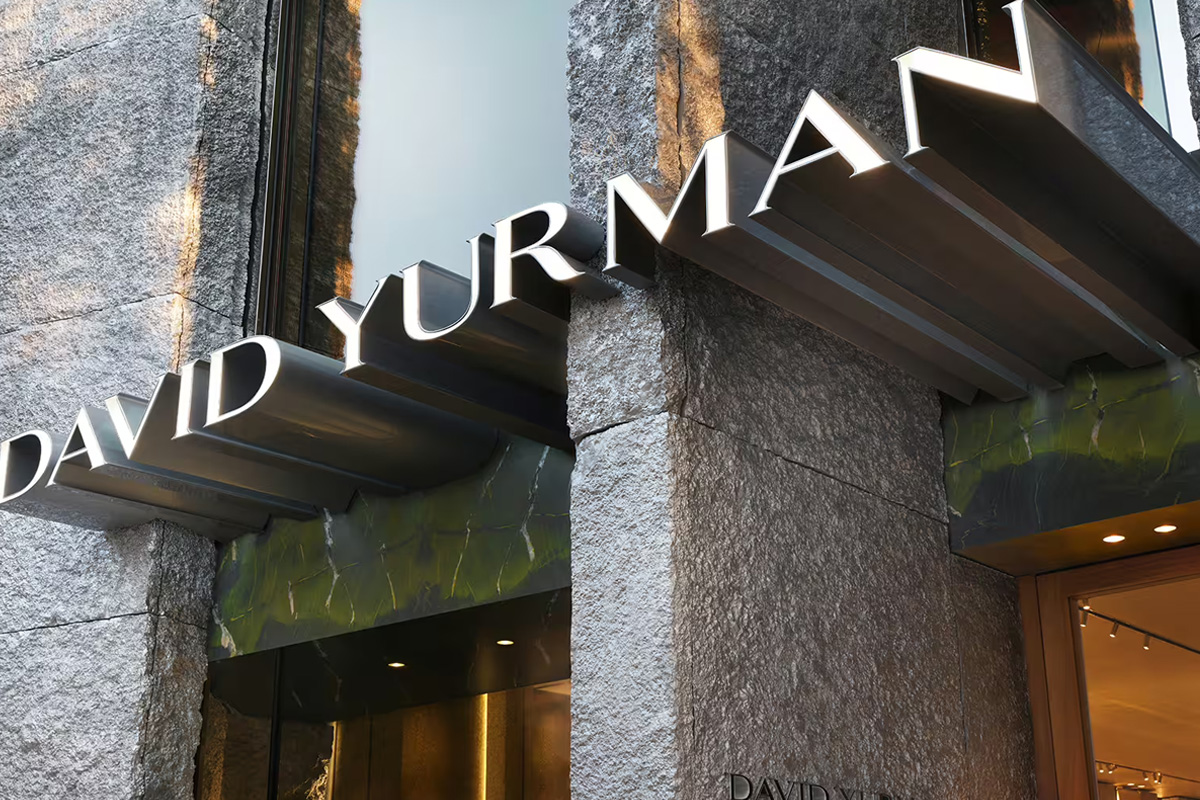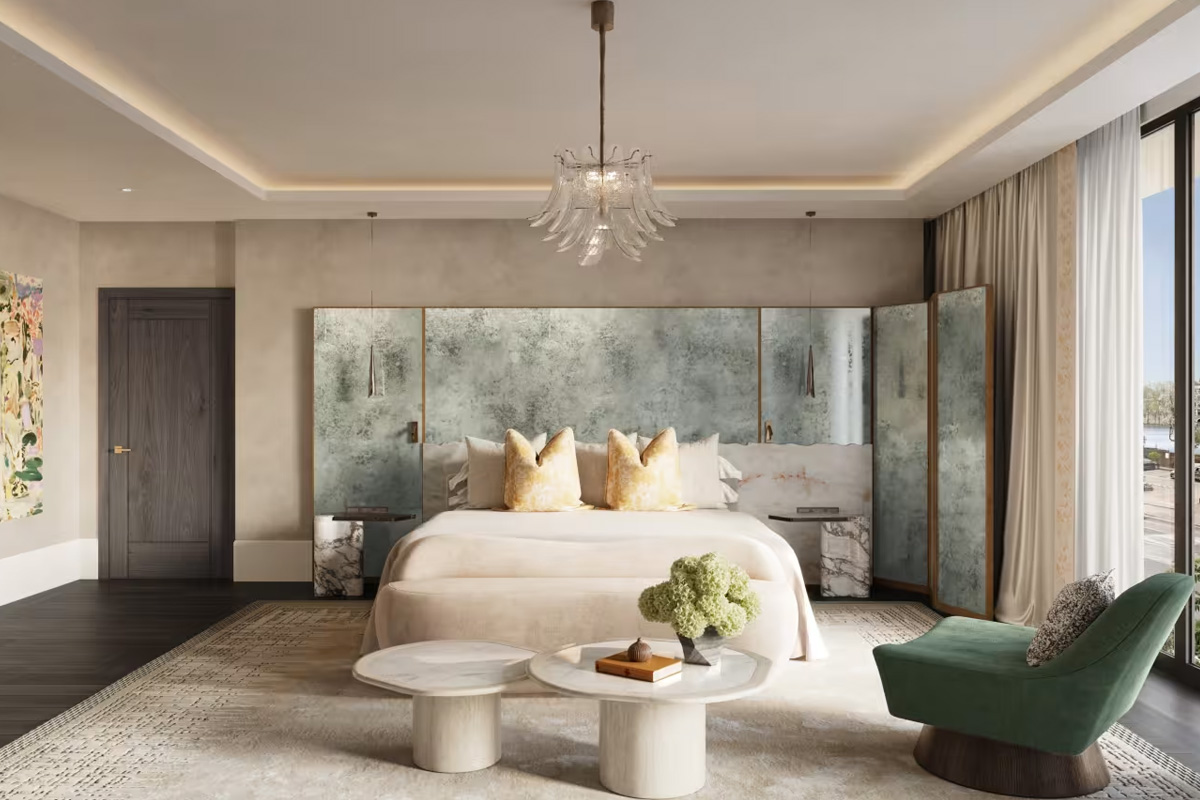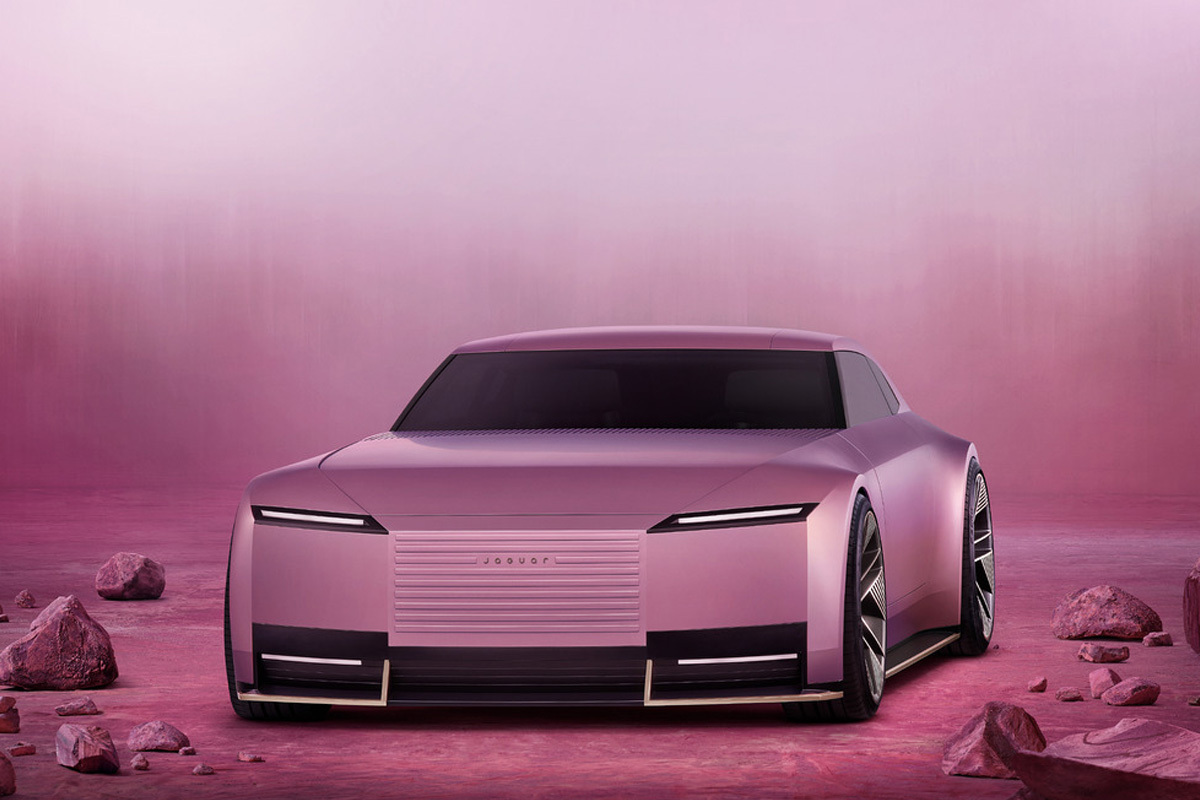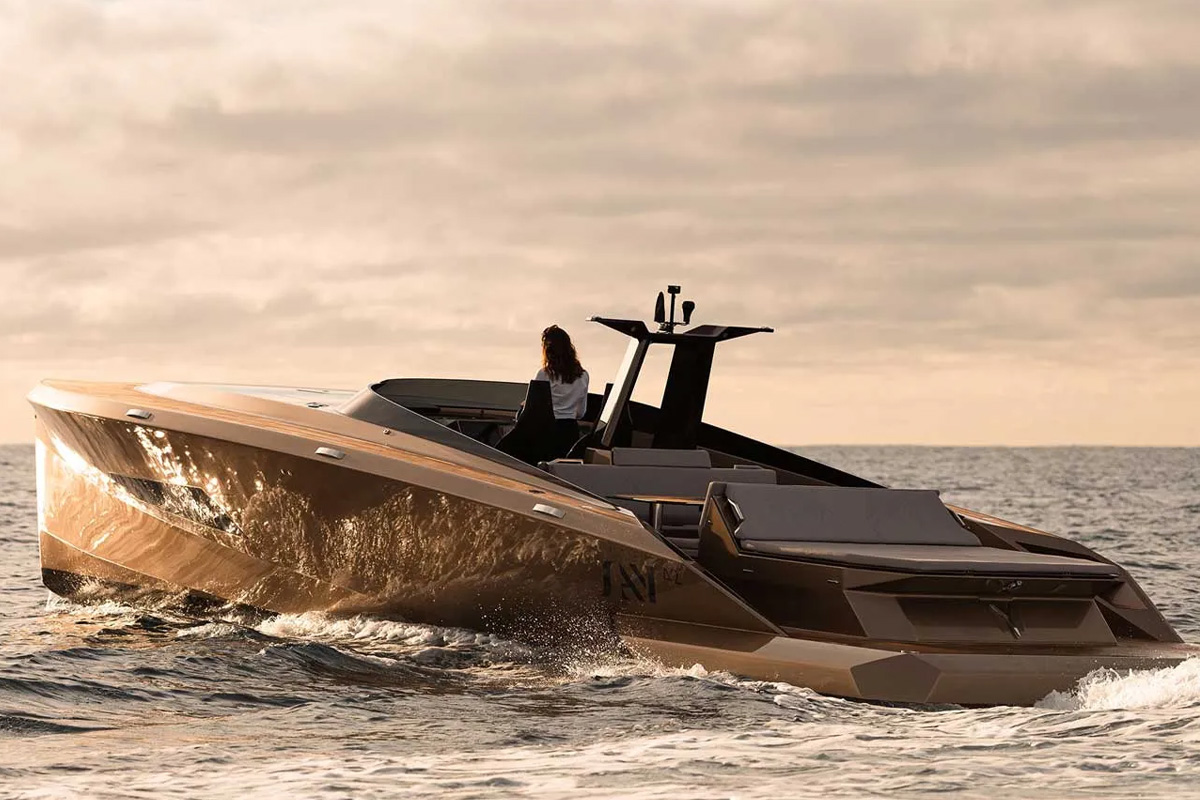The Luxury Slowdown and Why the One Percent Keeps the Industry Thriving
For over a decade, the global luxury market seemed impervious to downturns, sailing on waves of consistent growth with nearly 6% annual increases. But as we approach 2025, the tides are shifting. For the first time in years, the sector faces a rare contraction, projected to shrink by 2%. While this might sound modest, it signals the unraveling of a firmly structured industry under the weight of evolving global forces.
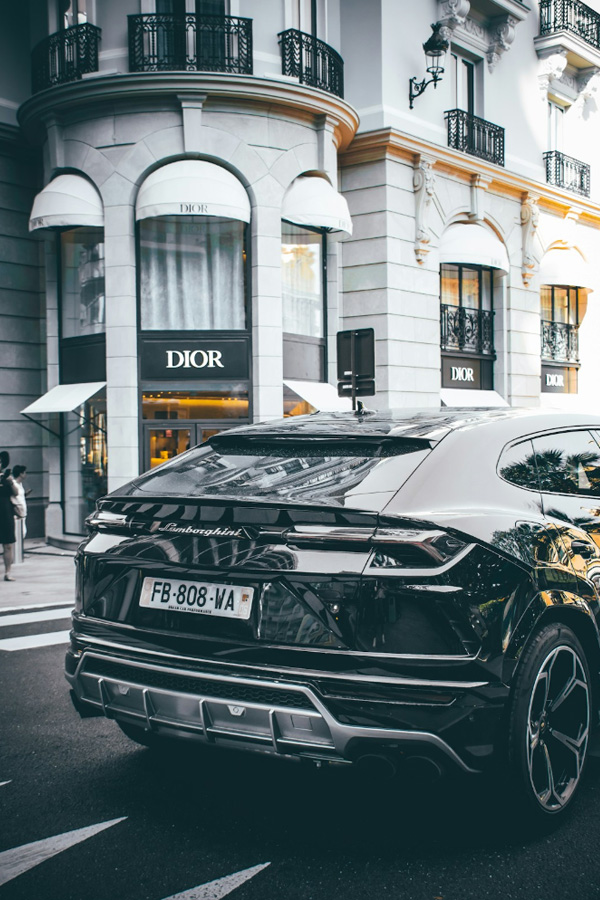
Two of the primary drivers of luxury’s sustained growth, the Chinese and U.S. markets, are faltering, leaving brands dangling in a storm of uncertainty. Yet, amidst this turbulence, one demographic remains steadfastly unshaken and even more critical than before to the industry’s survival and growth—the ultra-affluent One Percent.
This piece explores the structural weaknesses behind the luxury slowdown, the resilient force of the One Percent, and what the future holds for the industry. Let’s decode the crossroads luxury brands face and why deepening their ties with ultra-high-net-worth individuals (UHNWIs) is not just an option but a necessity.
Decoding the Structural Weakness Behind the Drop
Luxury, more than any other consumer category, thrives on cultural capital, aspirational appeal, and discretionary spending power. However, cracks in the foundational markets are beginning to show.
China’s Waning Spending Power
China, once the undisputed engine of luxury growth, is slowing down. Post-COVID economic momentum has been hampered by a deflating property bubble, wiping out around 30% of household wealth. This has drastically affected middle-class and upper-middle-class spending. Historically accessible goods are slipping out of reach, and aspirational consumers, long the driver of luxury’s expansion, are pulling back. Mainland China remains an essential market, but its once-boundless growth is cooling, leaving brands searching for alternatives.
The United States Faces Crosswinds
A similar struggle brews across the Pacific. The U.S. has historically been a reliable pillar of luxury consumption, yet it is now contending with trade wars, currency volatility, and economic disparities.

Luxury titans like LVMH report sales declines in the region, with U.S. revenues falling by 3% and Asian revenues by over 10%. The middle-market aspirational segment, long defined by its loyalty to brands like Gucci and Louis Vuitton, has experienced the brunt of continuous price hikes and shifting priorities.
Price Hikes and Lost Consumers
The ripple effects of continuous price jumps cannot be understated. Between 2020 and 2024, prices for staple luxury items soared, transforming buy-in points once accessible to aspirational consumers into thresholds impossible to cross. Bain & Company estimates the luxury market has shed over 50 million customers since 2022. For many, what used to be small indulgences have become unattainable benchmarks.
The Resilience of the One Percent
While the middle market softens, the One Percent emerges as the true anchor of luxury. Wealthier than ever and relatively insulated from broader economic shifts, UHNWIs now contribute to over 35% of global personal luxury goods spending. This spending bucket continues to grow—not out of necessity, but as an affirmation of culture, status, and exclusivity.
Cultural Affiliation Meets Craft and Rarity
UHNWIs don’t simply purchase items. They invest in their own legacies. They value evocative craftsmanship, rarity, and the symbolic power of understated opulence. Brands like Hermès, Chanel, and Rolex thrive in this environment, focusing on creating timeless pieces that resonate more as heirlooms than seasonal collections. For these clients, luxury items are not trends; they are permanent markers of taste, legacy, and art.
Numbers that Tell a Story
The spending patterns of the ultra-rich are compelling. On average, UHNWIs dedicate €137,000 annually solely to luxury goods and experiences. This level of investment dwarfs that of the middle-market consumer and continues to expand, despite macroeconomic pressures other demographics may face.
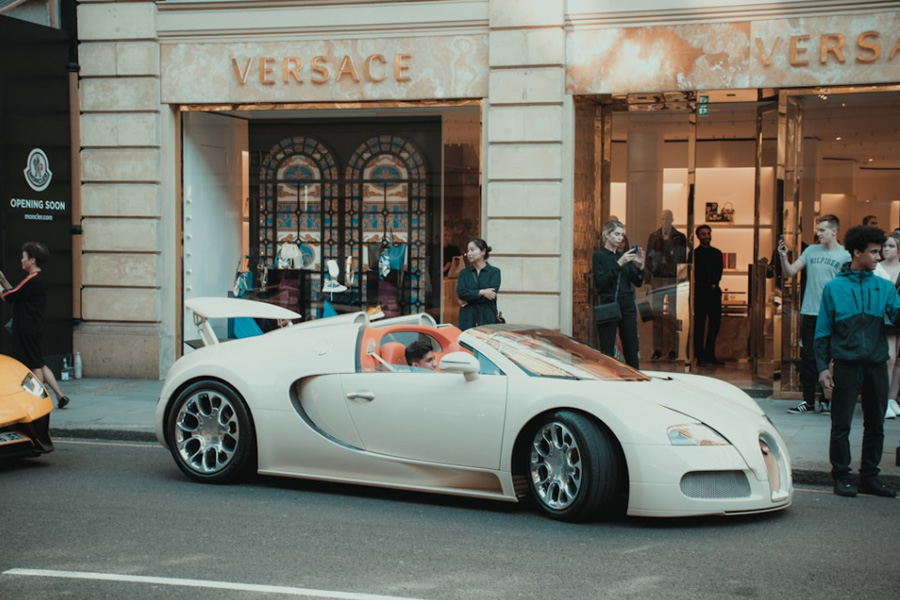
For brands, it’s not about volume but cultivating loyalty and elevating the experience for this select group.
The Mirage of Emerging Markets
Emerging markets, long touted as the next chapter for luxury’s growth, offer promise but fall short of serving as direct replacements for China or the U.S.
India’s Hurdles
India’s 1.4 billion population and growing economy seem enticing, but structural inefficiencies hamper its potential. With high import taxes inflating the cost of luxury goods and only eight luxury malls in the country, the market’s future seems more aspirational than tangible. While Indian high-net-worth individuals (HNWIs) are significant shoppers abroad, domestic sales are a mere fraction of what brands generate in China.
Saudi Arabia’s Calculated Rise
Similarly, Saudi Arabia is making bold moves—with 500,000 square meters of luxury retail space under development. The country’s cultural modernization and economic resources support its ambitions, but even in a best-case scenario, its luxury market will align with mature European ones like Germany, rather than acting as the next global titan.
Deepening Loyalty at the Very Top
The luxury slowdown compels brands to rethink strategies—not by chasing lost aspirational shoppers, but by fortifying relationships with UHNWIs. The future of luxury is depth over width.
Ultra-Bespoke Experiences
This means doubling down on exclusive offerings like personalized shopping appointments, private fittings, and tailor-made services. The brands that win UHNWIs’ loyalty recognize the importance of creating highly personalized, meaningful experiences. Innovation no longer lies in the expansion to untapped markets but in mastering timeless one-on-one connections.
Rare Collector Exclusives
Collector exclusives like limited editions, bespoke designs, and rare pieces are also critical. These items don’t merely hold value; they become cultural relics. UHNW consumers seek products that deliver not just appeal but appreciation in taste and monetary worth.
Creating Patrons, Not Customers
Ultimately, sustainable luxury growth lies in evolving relationships beyond transactional customer interactions. In a luxury market facing economic uncertainty and a potential luxury industry slowdown in 2025, the focus must shift towards building long-term patronage. Luxury brands poised for growth are those that treat high net worth individuals (HNWIs) as lifelong partners, growing alongside them rather than merely selling luxury goods or personal luxury goods.
In recent years, affluent consumers have increasingly sought exclusivity, craftsmanship, and personalized luxury experiences across categories like fashion, leather goods, jewelry, and gourmet food. Emerging markets, particularly in the Middle East, India, and Asian markets, present bright spots for future growth in the luxury sector, even as global luxury consumption faces challenges from supply chains, price increases, and economic uncertainty.
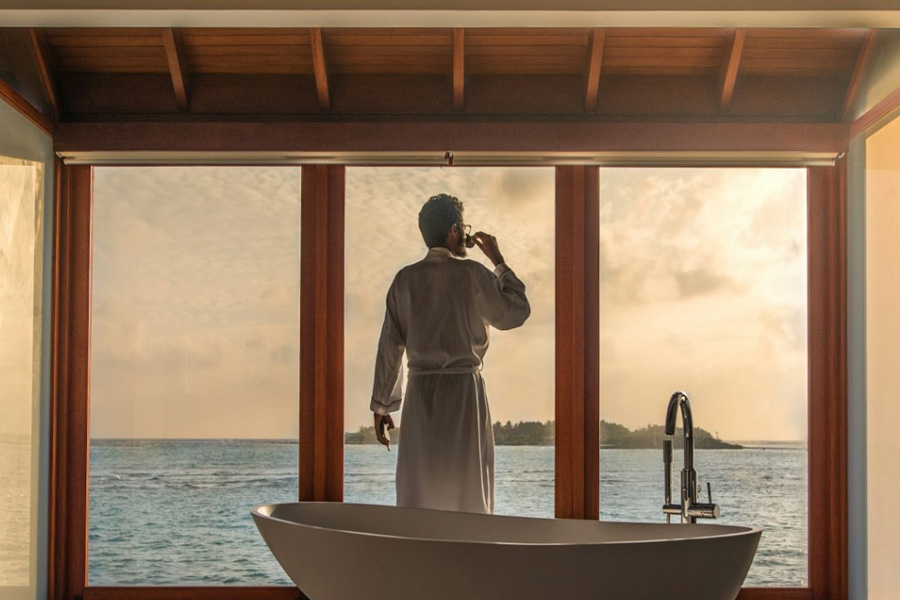
Luxury leaders and companies must address shifting consumer spending habits, adapt their value propositions, and leverage new technology to remain competitive in a turbulent market. For example, luxury hospitality and the rise of luxury hotels are becoming key drivers of luxury spending, alongside iconic products like private jets and high-end fashion pieces.
As demand for exclusivity continues to grow, brands will need to align with their client base’s desire for craftsmanship, personalized services, and value, all while navigating price ranges and market share competition. The coming year is expected to be a challenging one for the luxury industry, but by focusing on strong client relationships, technology, and emerging opportunities, luxury brands can find ways to thrive amid turbulent times and return to prepandemic levels of growth.
The Path Forward
The global luxury market faces uncharted waters amidst a luxury industry slowdown projected through 2025. However, every challenge carries its own opportunities. By focusing on loyal, high-net-worth individuals and affluent consumers, the luxury sector can weather this storm and emerge stronger. Legacy luxury brands like Hermès and Chanel demonstrate that the art of luxury isn’t in fleeting trends but in timeless craftsmanship, exclusivity, and iconic products.
Luxury leaders now face the critical task of deepening loyalty with luxury customers where it matters most, leveraging personalized experiences and value propositions. In a competitive market characterized by economic uncertainty, price increases, and shifts in consumer spending, the focus has turned to growth opportunities in emerging markets like Asia, India, and the Middle East. These regions offer bright spots for the fashion industry, personal luxury goods, luxury hospitality, and even categories like gourmet food, jewelry, leather goods, and private jets.

While global luxury companies work to regain prepandemic levels of luxury consumption, challenges remain, including supply chain disruptions and adapting to new technology. Yet, there’s optimism. The desire for exclusivity, quality, and luxury experiences continues to drive demand among luxury clients. Luxury purchases, whether in Europe’s iconic stores or luxury hotels worldwide, reflect the enduring appeal of craftsmanship and artistry.
As the coming year unfolds, luxury brands must tackle questions of retaining market share and expanding their client base in turbulent times. With price ranges and value becoming more critical, luxury retailers are expected to innovate, creating personalized offerings that capture the essence of their brands while aligning with the modern consumer’s expectations. Despite a challenging year, the luxury industry’s focus on its loyal clientele and the growing appetite for luxury in emerging markets may hold the key to future growth and stability.
LATEST
POPULAR
